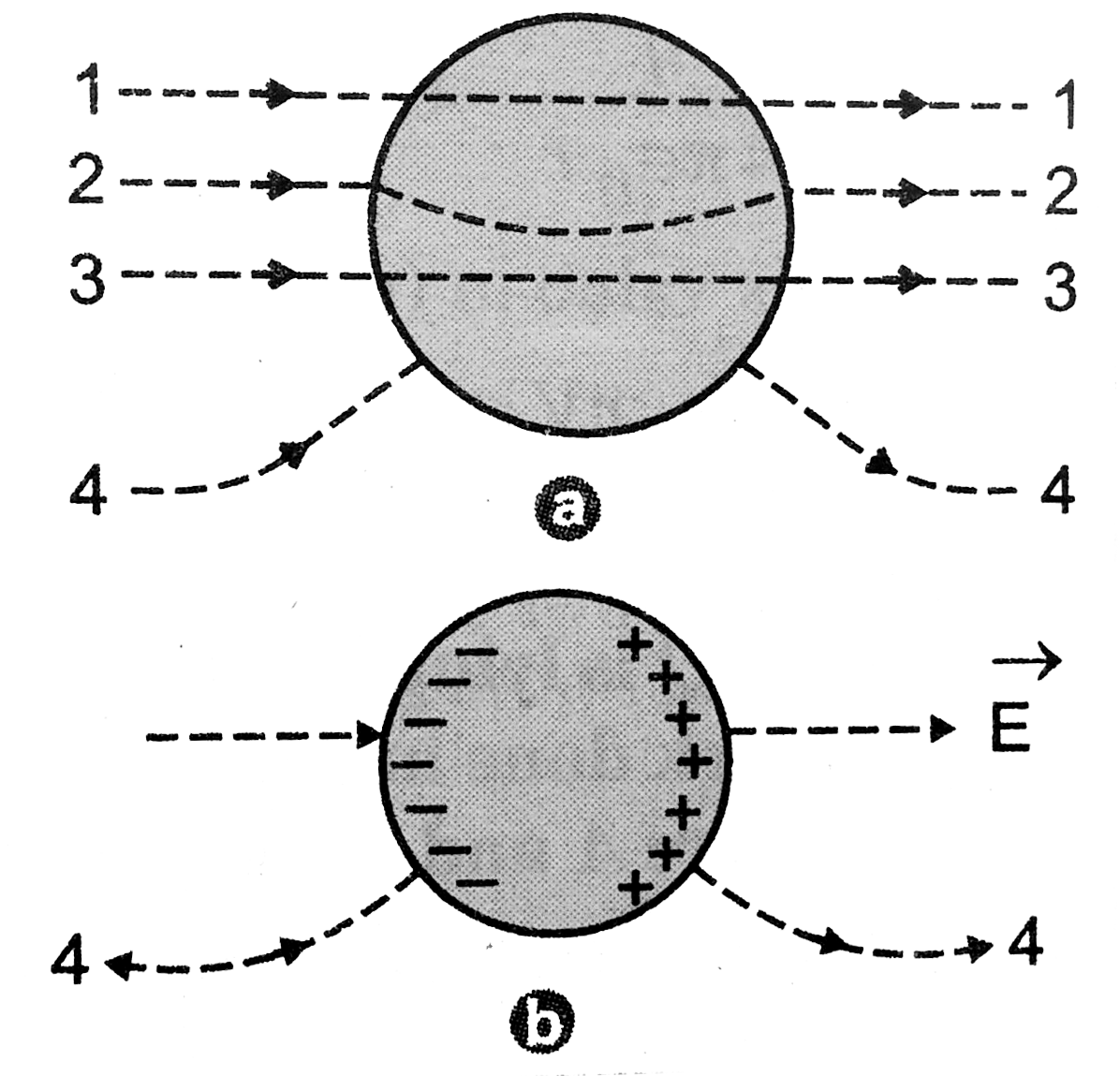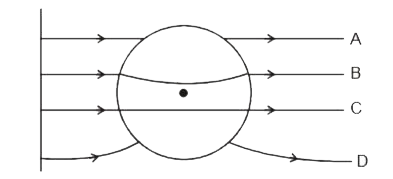A metallic solid sphere is placed in a uniform electric fied. The lines of force follow the path(s) shown in Figure as
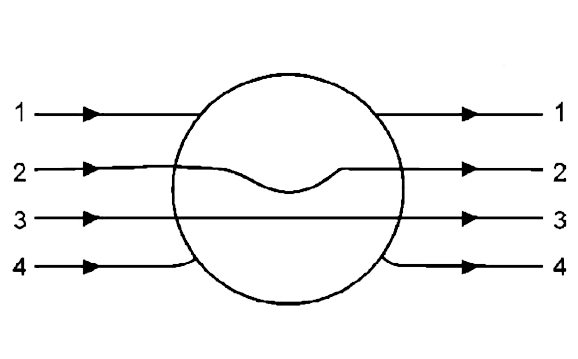
1
2
3
4
The electric lines of force cannot enter the metallic sphere as electric field inside the solid metallic sphere is zero. Also, the origination and termination of the electric lines of force from the metallic surface is normal (directed towards the center).
Topper's Solved these Questions
- MISCELLANEOUS VOLUME 3BOOK - CENGAGE PHYSICSCHAPTER - MISCELLANEOUS VOLUME 3EXERCISE - Multiple Correct Answer type
109 Videos
- MISCELLANEOUS VOLUME 3BOOK - CENGAGE PHYSICSCHAPTER - MISCELLANEOUS VOLUME 3EXERCISE - Assertion and Reason Type
8 Videos
- MECHANICAL PROPERTIES OF SOLIDSBOOK - CENGAGE PHYSICSCHAPTER - MECHANICAL PROPERTIES OF SOLIDSEXERCISE - Question Bank
4 Videos
- MISCELLANEOUS VOLUME 5BOOK - CENGAGE PHYSICSCHAPTER - MISCELLANEOUS VOLUME 5EXERCISE - Integer
12 Videos
Similar Questions
Knowledge Check
A metallic solid sphere is placed in a unifrom elective field. The lines of force follow the path (s) shown in figure as
 A1B2C3D4
A1B2C3D4A metallic solid is placed in a uniform electric field. The lines of force follow the path (s) shown in figure as
 A1B2C3D4
A1B2C3D4A solid conductor is placed in an uniform electric field as shown in figure. Which path will the lines of force follow?
A B
B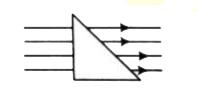 C
C D
D
What is the net force on a dipole placed in a uniform electric field?
View SolutionNet electric flux through a sphere of radius 1 m placed in a uniform electric field as shown in the figure is → E = 103 N/C
View SolutionA solid conducting sphere of radius R is placed in a uniform electric field E as showo in figure. Due to electric field non uniform surface charges are induced on the surface of the sphere. Consider a point A on the surface of sphere at a polar angle θ from the direction of electric field as shown in figure. Find the surface density of induced charges at point A in terms of electric field and polar angle θ : lt brgt
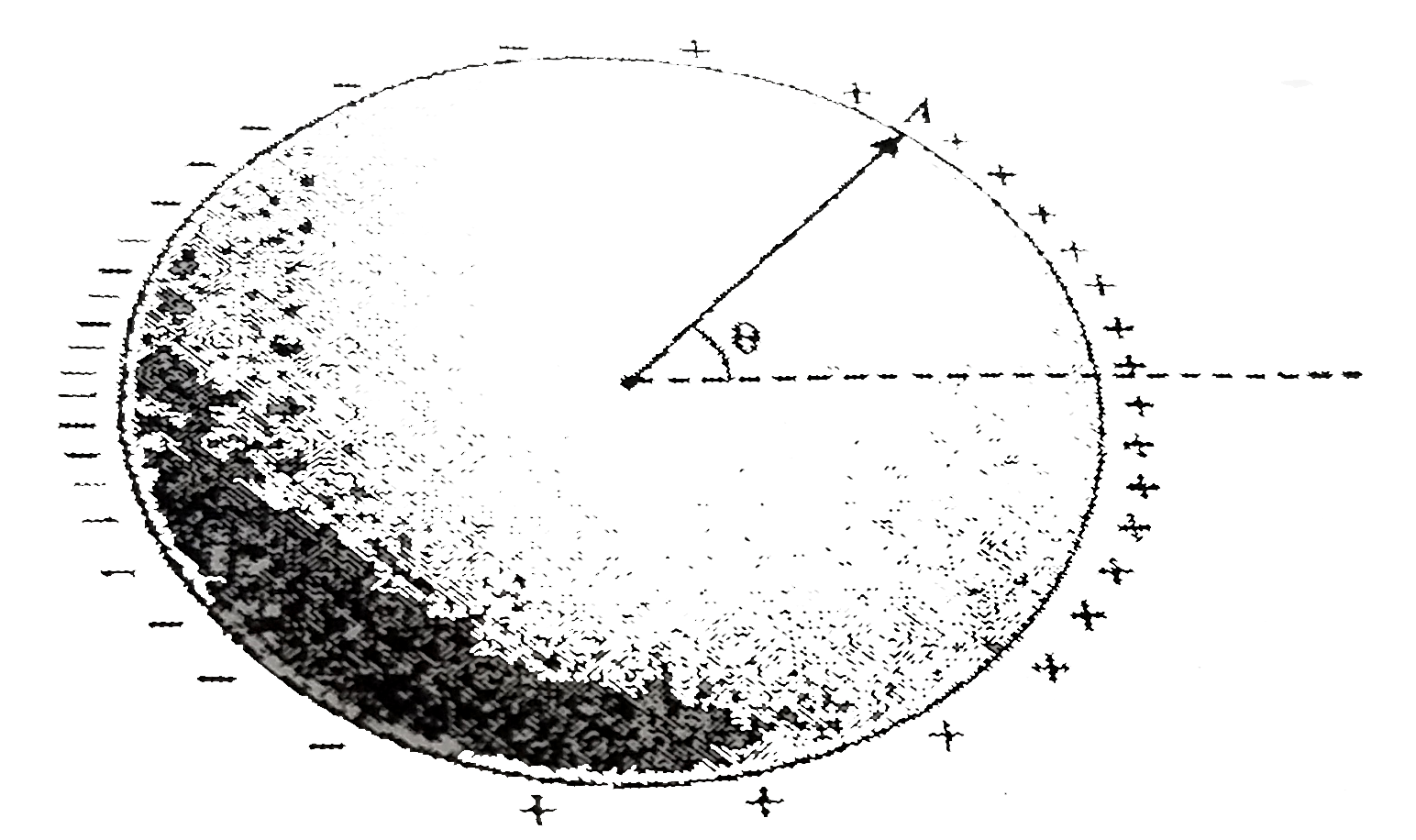
View SolutionIf electric field is uniform, then the electric lines of forces are :
View SolutionElectric lines of force are as shown in the figure. Then potential at point P
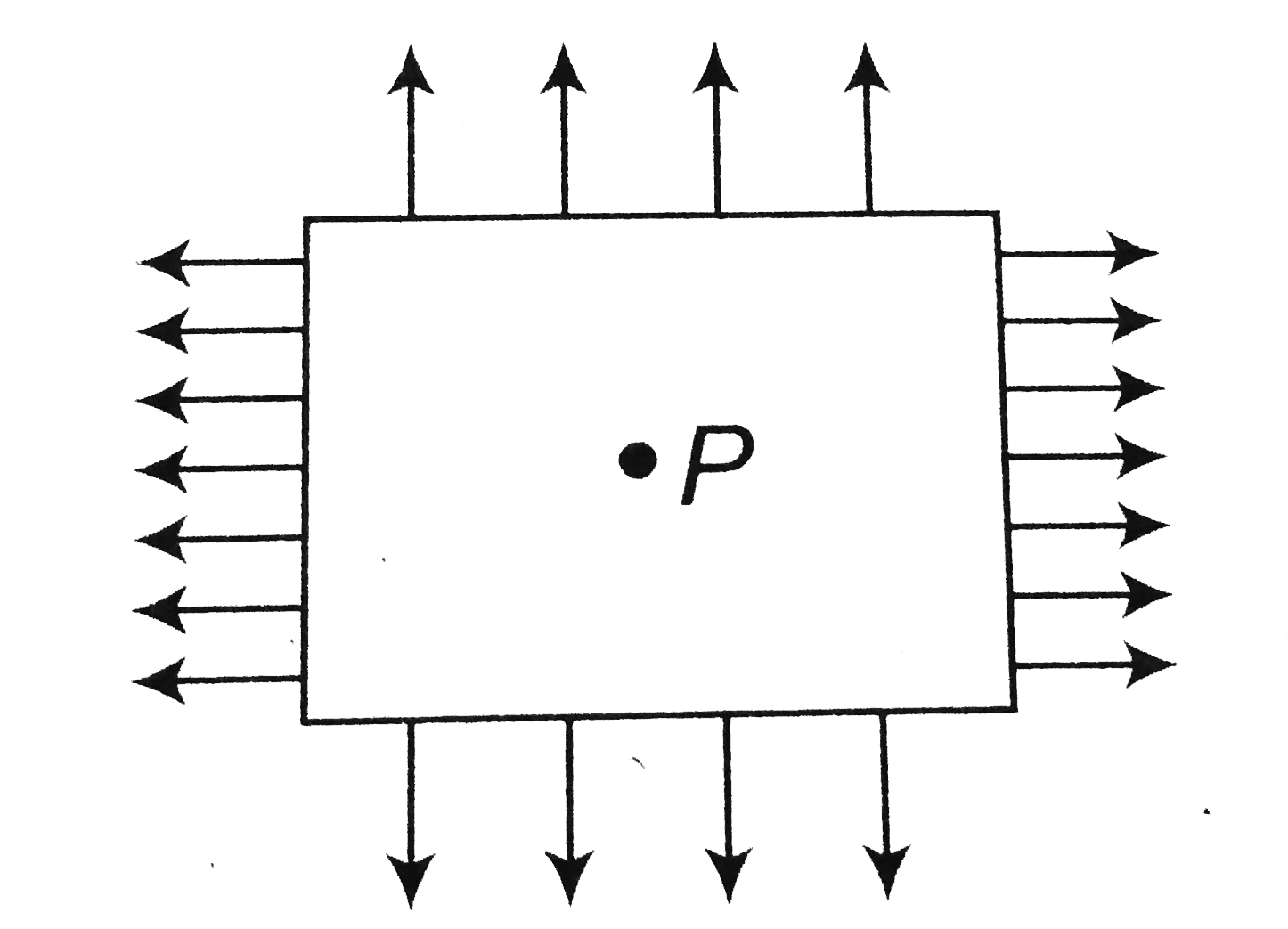
View Solution

